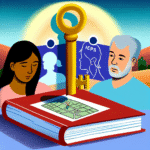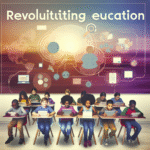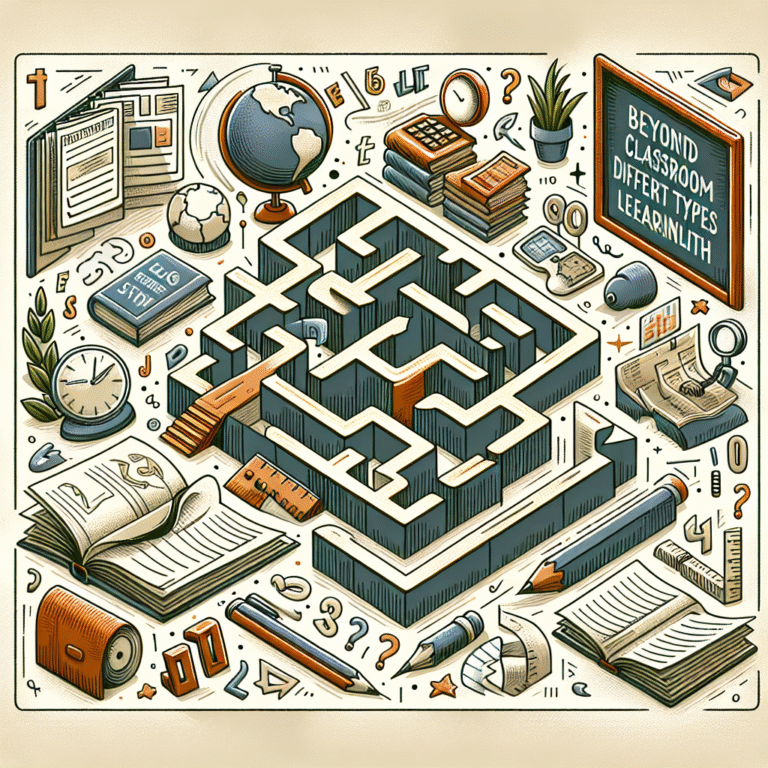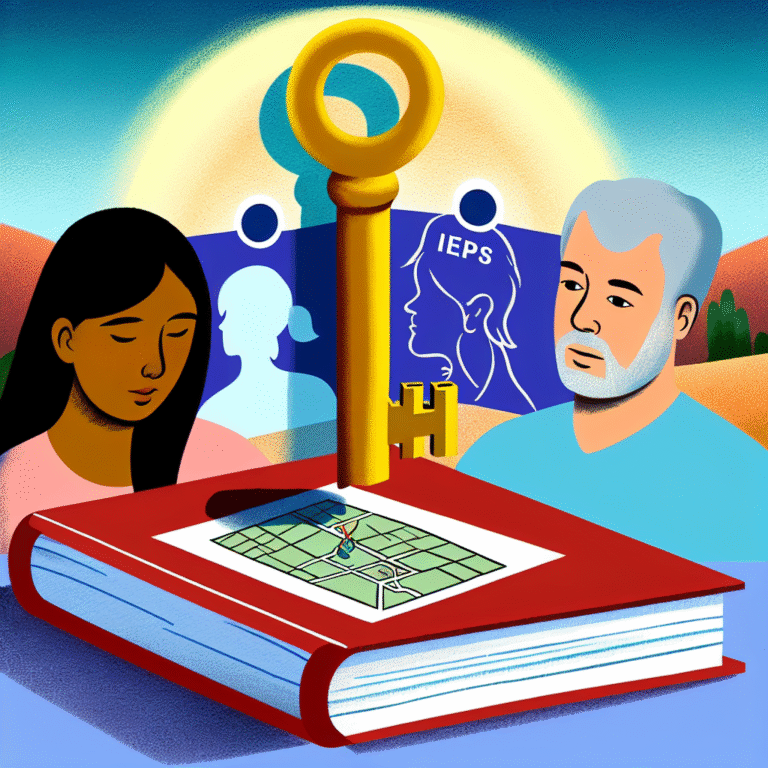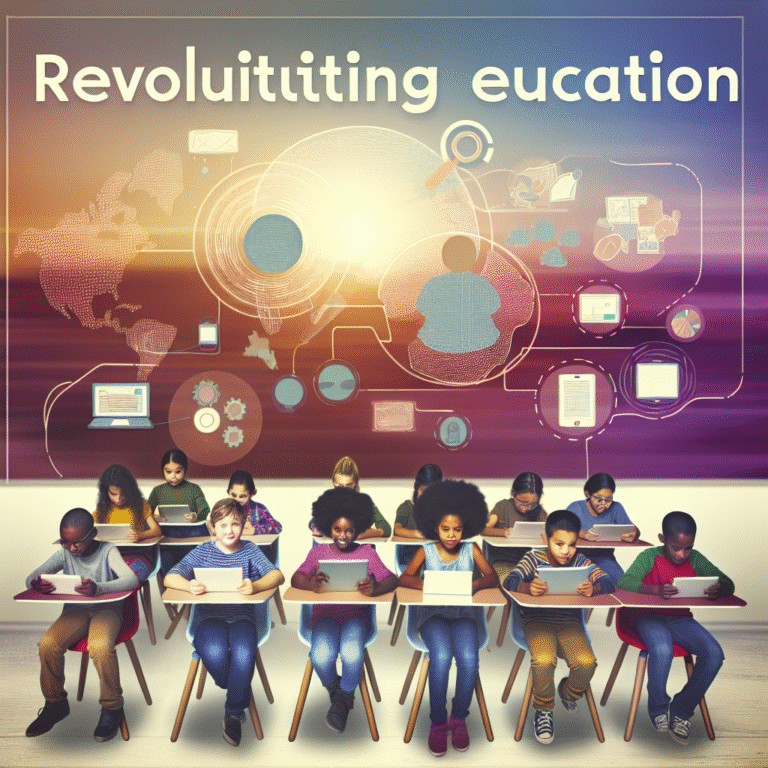
From Struggle to Strength: The Proven Path to Enhancing Writing Skills in Learners with Learning Disabilities
Introduction
Writing is a foundational skill essential for academic and personal success. Yet, for many learners with learning disabilities, writing can feel like an insurmountable mountain. The journey of honing writing abilities often transforms from struggle to strength as educators and learners partner to explore effective strategies and tools. In this article, we will delve into insightful methods and practices designed to uplift the writing competencies of learners with learning disabilities, revealing the profound impact tailored interventions can have on their learning journeys.
Understanding Learning Disabilities and Their Impact on Writing
What Are Learning Disabilities?
Learning disabilities (LD) encompass a broad range of challenges that impact a person’s ability to process, understand, and communicate information. These disabilities can manifest in various forms, such as dyslexia (difficulty reading), dysgraphia (difficulty writing), and dyscalculia (difficulty with math).
The Writing Challenges Faced by Learners with Learning Disabilities
For many students with learning disabilities, writing poses unique challenges:
- Organization: Structuring thoughts coherently can be a monumental task.
- Spelling and Grammar: Technical aspects of writing often cause frustration.
- Executive Functioning: Managing time, planning, and executing writing projects may prove difficult.
- Self-esteem: Frequent struggles can lead to disinterest or aversion to writing tasks.
These challenges underscore the necessity for innovative strategies in the classroom that transform writing from a struggle into a strength.
The Essential Framework for Enhancing Writing Skills
1. Personalized Learning Plans
Case Study: Sarah’s Journey with Dysgraphia
Sarah, a seventh-grader diagnosed with dysgraphia, often avoided writing assignments. Her teachers developed a personalized learning plan that included using technology, such as speech-to-text software, which allowed her to express her thoughts without being hindered by her handwriting difficulties. Over time, Sarah grew more confident in her ability to articulate her ideas.
Analysis
This case demonstrates the importance of understanding a learner’s unique challenges and leveraging technology to address them. Personalization is paramount; crafting individualized plans can help learners transform their struggles into strengths.
2. Multi-Sensory Approaches
Incorporating Diverse Learning Styles
Multi-sensory learning strategies engage multiple senses in the writing process. For example, using visual aids, audio recordings, and tactile activities can enhance understanding and retention.
Case Study: Lucas’s Improvements with Visual Supports
In a classroom where visual supports were integrated into writing tasks, Lucas, who struggled with abstract concepts, found success through diagrams and graphic organizers. These tools allowed him to visualize his thoughts before committing them to paper.
Table: Multi-Sensory Approaches and Their Benefits
| Multi-Sensory Approach | Benefit |
|---|---|
| Graphic Organizers | Aids in structuring ideas |
| Visual Aids | Reinforces concepts |
| Audio Recordings | Supports auditory learners |
| Tactile Activities | Engages kinesthetic learners |
3. Writing Workshops and Peer Collaboration
The Power of Community Learning
Group writing workshops create a supportive environment where learners can share ideas, collaborate, and constructively critique one another’s work. This social aspect encourages creativity and builds confidence.
Case Study: Tom’s Experience in a Collaborative Writing Group
Tom struggled with self-doubt regarding his writing abilities. By participating in a peer-led writing workshop, he was able to receive feedback in a non-threatening environment. With each session, he learned to appreciate the writing process and gained valuable insights from his peers, refining his writing skills along the way.
Analysis
Tom’s experience illustrates how peer support fosters a sense of community, allowing learners with disabilities to overcome isolation and engage more fully in their writing.
4. Implementing Assistive Technology
Tech Tools that Make a Difference
There is an array of assistive technologies available that can significantly enhance the writing capabilities of learners with writing difficulties. Programs like Grammarly, Co:Writer, and voice-recognition software can provide real-time support during the writing process.
Case Study: Mia’s Success with Co:Writer
Mia, who is diagnosed with dyslexia, faced difficulty with spelling and grammar in her writing. After introducing Co:Writer, a word prediction tool, she experienced improved sentence structure and reduced frustration. As a result, her enthusiasm for writing flourished.
Analysis
Mia’s story showcases the potential of technology to demystify writing challenges, making writing an empowering and less daunting task.
5. Explicit Instruction in Writing Skills
The Importance of Direct Teaching
Explicit instruction in writing—including strategies like brainstorming, drafting, revising, and editing—provides a clear structure for learners. Teachers should model these processes, providing step-by-step guidance.
Case Study: James Learns the Writing Process
James, a ninth-grader with a learning disability, benefited significantly from direct instruction in the writing process. His teacher implemented structured lessons that encompassed each phase of writing, allowing James to build confidence in his capabilities.
Table: The Writing Process Stages
| Stage | Description |
|---|---|
| Prewriting | Brainstorming ideas |
| Drafting | Putting ideas into sentences |
| Revising | Refining and improving content |
| Editing | Correcting grammar and spelling |
| Publishing | Sharing the final piece |
Supporting Emotional Resilience and Self-Esteem
The Role of Empowerment in Learning
A significant aspect of enhancing writing skills in learners with disabilities lies in cultivating emotional resilience. Recognizing achievements, no matter the size, encourages a growth mindset that propels learners forward.
Case Study: Emma’s Empowering Affirmations
Emma, a fourth-grader with learning challenges, participated in an initiative where students recognized and celebrated their own writing milestones through positive affirmations. This practice not only helped her develop a more positive view of her writing abilities but also reinforced her perseverance.
Building a Culture of Feedback
Fostering a safe environment for feedback—where mistakes are seen as learning opportunities rather than failures—encourages students to take risks in their writing. Regular, constructive feedback cultivates a sense of progress and growth.
Conclusion
The journey from struggle to strength in enhancing writing skills for learners with learning disabilities is not only achievable but transformative. Through a combination of personalized learning, multi-sensory approaches, collaboration, assistive technology, and direct instruction, we can help learners discover their unique voice in the world of writing. The emotional resilience built along the way bolsters their overall academic journey and aids in cultivating lifelong confidence.
By embracing diverse strategies and empowering learners, we can bridge the gap that often exists in writing education for those with learning disabilities, turning challenges into triumphant stories of growth and accomplishment.
FAQ Section
1. What are the most common types of learning disabilities that affect writing skills?
The most common learning disabilities that can impact writing include dysgraphia (writing difficulties), dyslexia (reading difficulties), and ADHD (attention-related challenges that may affect writing).
2. How can I support my child’s writing skills at home?
Encourage regular writing practice in a fun way—like journaling, writing letters, or storytelling. Tools like graphic organizers and technology can also be used to make writing feel less daunting.
3. What assistive technologies are best for writing support?
Popular assistive technologies for writing support include speech-to-text software, word prediction tools, and grammar-checking applications like Grammarly, which help reduce the mechanical challenges of writing.
4. How can teachers foster a positive writing environment for students with learning disabilities?
Creating a safe space for collaboration, providing explicit instruction in writing strategies, and celebrating small successes can greatly foster a positive environment for students with writing challenges.
5. What role does emotional support play in enhancing writing skills in learners with disabilities?
Emotional support is crucial as it fosters resilience and builds confidence. Recognizing achievements, fostering a growth mindset, and encouraging risk-taking in writing can help learners overcome their struggles.
This article represents an expansive exploration of how effective strategies can enable learners with disabilities to transition from struggle to strength in their writing abilities, ultimately promoting educational equity and personal growth.

